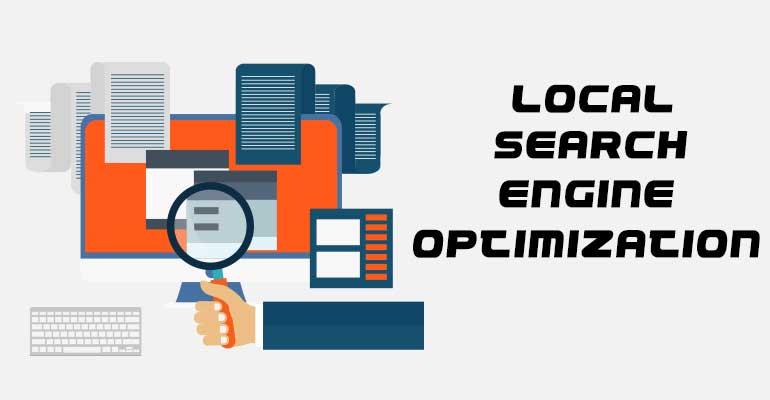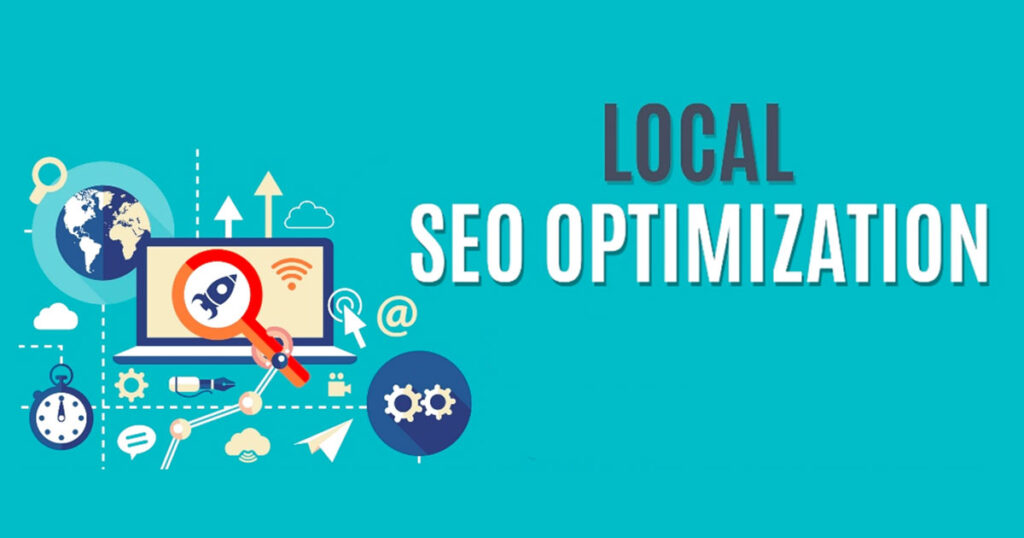When you invest in local search SEO services, you need to know if your money is well spent.
Are those Google Map rankings actually bringing in customers? Is your improved local visibility translating into sales?
Measuring return on investment (ROI) from local search isn’t always straightforward, but it’s essential for your business growth.
With the right tracking systems, you can see exactly how your local SEO efforts contribute to your bottom line.
Why Measuring Local SEO ROI Matters?
Traditional marketing often makes measuring results difficult. With local SEO, you can actually track how people find and interact with your business online before they become customers.
Proper ROI measurement helps you:
- Understand which local strategies work best for your business
- Justify your marketing budget to stakeholders
- Make smarter decisions about where to focus your efforts
- Stop wasting money on tactics that don’t deliver results
The Attribution Challenge in Local SEO
Before diving into measurement methods, you should understand a key challenge: attribution. This means figuring out which marketing touchpoint deserves credit for a conversion.
Think about a typical customer journey:
- They search “coffee shops near me” on Google
- They find your business in local results
- They visit your website to check your menu
- They follow you on Instagram
- A week later, they see your post about a special offer
- They come to your store and make a purchase
Which marketing channel deserves credit for this sale? This is where attribution models come in.
Attribution Models Explained
Attribution models determine how conversion credit gets distributed across marketing touchpoints. Here are the most common models and how they apply to local SEO:
| Attribution Model | How It Works | Best For |
| Last Click | Gives 100% credit to the final touchpoint before conversion | Simple tracking, understanding what finally convinced customers |
| First Click | Gives 100% credit to the first interaction | Identifying what initially brings customers into your funnel |
| Linear | Divides credit equally across all touchpoints | Understanding the full customer journey |
| Time Decay | Gives more credit to touchpoints closer to conversion | Businesses with longer sales cycles |
| Position-Based | Gives 40% credit to first and last interaction, 20% divided among middle touchpoints | Balanced understanding of discovery and decision phases |
For most local businesses, a position-based model provides the most realistic picture of how local SEO contributes to conversions, recognizing both discovery and decision-making moments.
Practical Ways to Track Local SEO ROI
Now that you understand attribution, here’s how to actually measure your local SEO ROI:
1. Set Up Proper Google Analytics 4 Tracking
Configure your analytics properly by setting up conversion goals for actions that matter to your business:
- Phone calls from your website
- Form submissions
- Direction requests
- Online purchases
- Appointment bookings
Make sure to assign a monetary value to each of these conversions based on your average sale value.
2. Use Call Tracking for Phone Leads
Many local customers call rather than fill out forms. Use call tracking software that:
- Assigns unique phone numbers to different marketing channels
- Records calls for quality assessment
- Integrates with your CRM system
- Reports on call sources, duration, and outcomes
3. Track In-Store Visits From Digital Touchpoints
Connecting online searches to physical visits is crucial for local businesses. You can:
- Use Google’s Store Visit conversions (for eligible businesses)
- Implement coupon codes specific to local search campaigns
- Ask customers how they found you and record responses
- Use location-based mobile advertising with conversion tracking
4. Calculate Your Actual ROI
Once you have conversion data, calculating ROI becomes straightforward:
ROI = (Revenue from Local SEO – Cost of Local SEO) ÷ Cost of Local SEO × 100%
For example, if you spend $2,000 monthly on local SEO and generate $10,000 in attributable revenue:
ROI = ($10,000 – $2,000) ÷ $2,000 × 100% = 400% ROI
Beyond Direct Conversions: Additional Value Metrics
While direct conversions are important, local SEO provides other valuable benefits:
- Brand visibility in your community
- Trust building through reviews and consistent information
- Competitive advantage when you outrank local competitors
- Customer retention through improved online experience
These factors contribute to long-term business growth that may not show up in immediate ROI calculations.
Getting Started With Local Search ROI Measurement
You don’t need complex systems to begin measuring your local SEO effectiveness. Start with these steps:
- Set clear goals for what you want local SEO to achieve
- Implement basic tracking through Google Analytics 4
- Ask new customers how they found your business
- Track changes in your local rankings and correlate with business performance
- Gradually implement more sophisticated attribution as you grow
Remember that local search SEO services should provide regular reporting that ties their work to actual business results.
If your provider can’t explain how their efforts connect to your bottom line, it might be time to find one who can.



